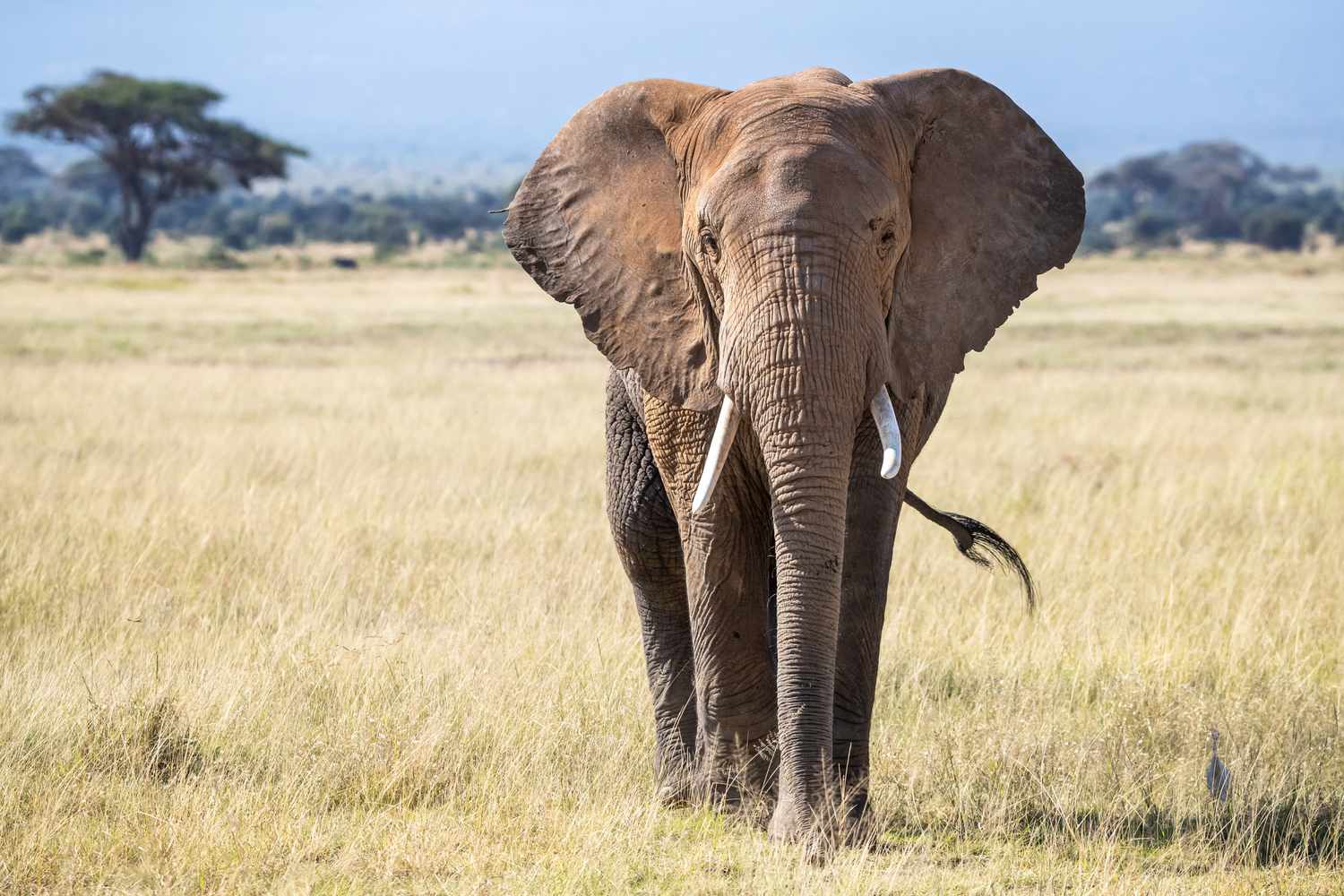Today’s spotlight is on the African Elephant, an iconic species that roams the vast savannas and forests of Africa. Known for its immense size, intelligence, and social complexity, the African Elephant captivates both researchers and wildlife enthusiasts alike.
Physical Characteristics and Adaptations
African Elephants are the largest land animals on Earth, with males, known as bulls, reaching heights of up to 3.3 meters (11 feet) at the shoulder and weighing as much as 6,000 kilograms (13,000 pounds). Females, or cows, are slightly smaller but still formidable in size. Their most distinguishing feature is their large, fan-shaped ears that help regulate body temperature by dissipating heat.
These elephants are characterized by their tusks, which are elongated incisor teeth that continue to grow throughout their lives. Tusks are used for a variety of purposes, including digging for water, stripping bark from trees, and as weapons in defense and mating displays. Unfortunately, they also make these animals targets for illegal poaching.
Habitat and Range
African Elephants are found in a range of habitats across sub-Saharan Africa, from dense forests to open savannas and marshlands. They are known to migrate over long distances in search of food and water, often following ancient migration routes that have been passed down through generations.
Behavior and Social Structure
These majestic creatures are highly intelligent and exhibit complex social behaviors. They live in matriarchal herds led by the oldest and most experienced female, who guides her family group in search of food and water. The bonds between family members are strong, and elephants are known to display empathy and mourn their dead.
Communication among African Elephants is sophisticated and includes a variety of vocalizations, such as trumpeting, rumbling, and roaring, as well as infrasound, which is below the range of human hearing. These communications help coordinate group activities and convey emotional states.
Conservation Status and Threats
Despite their cultural and ecological significance, African Elephants face numerous threats to their survival. Habitat loss due to human encroachment, fragmentation of their habitat by development, and poaching for their ivory tusks are primary concerns. The illegal wildlife trade continues to pose a significant threat, despite international bans on ivory trade.
Conservation efforts are critical to protecting African Elephants. National parks and reserves across Africa provide protected habitats for these animals, and initiatives to reduce human-elephant conflict are underway. Conservation organizations work to educate local communities about the importance of elephant conservation and support anti-poaching efforts.
Conclusion
In conclusion, the African Elephant is a symbol of Africa’s natural heritage and a testament to the importance of wildlife conservation. As we strive to protect these magnificent animals and their habitats, we also preserve the rich biodiversity of the African continent. By supporting conservation efforts and raising awareness about the challenges facing African Elephants, we can ensure that future generations will continue to marvel at these gentle giants in the wild.







What do you think?
Show comments / Leave a comment